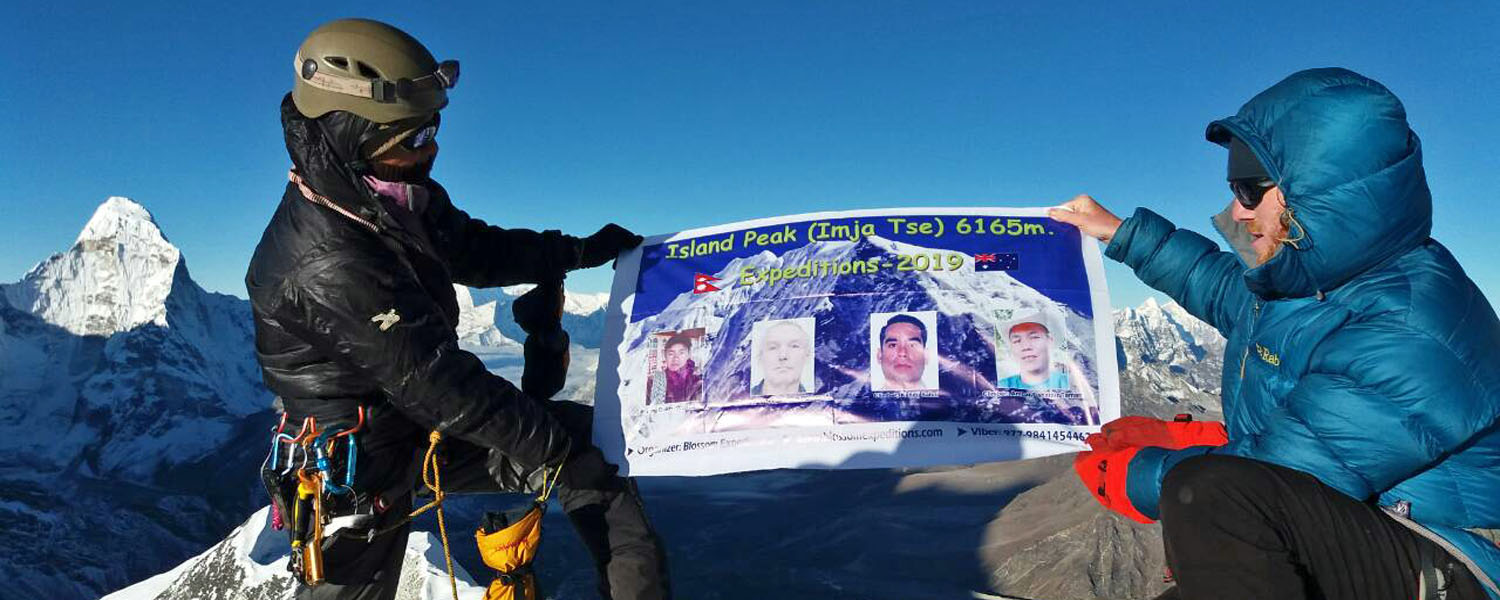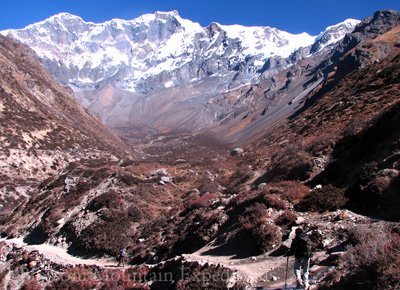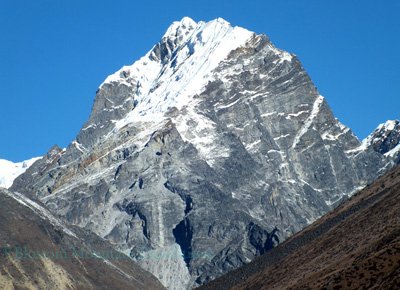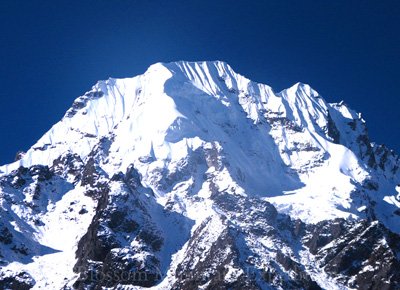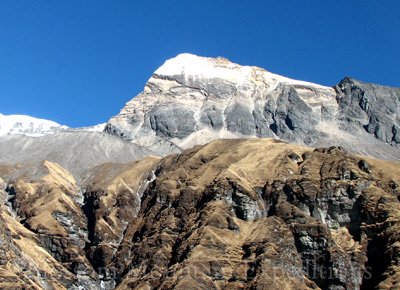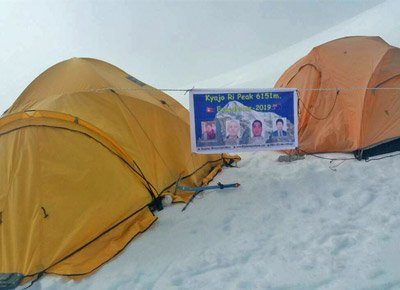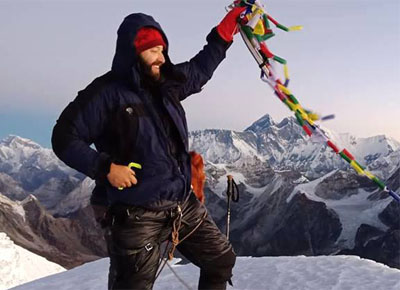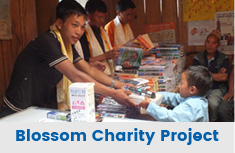Trip Facts
- Total Duration 21 days
- Trip Grade Moderate to Strenuous Plus
- Max Altitude 6198m.
- Start From Lukla
- End From Lukla
- Min Size 2 Pax
- Max Size 10 Pax
- Trip Mode Trekking/Climbing
- Accommodation Tea House/Camping
- Best Season: September to early December and mid March to Late May
Trip Highlights
- Summit of Island Peak at 6189m: Reach the thrilling summit of Island Peak (6189m), offering an exhilarating climbing experience in the Everest region.
- Panoramic Mountain Views: Witness breathtaking 360-degree views of magnificent Himalayan Peaks like Nuptse, Lhotse, Makalu, Ama Dablam, and more from the Island Peak summit.
- Scenic Waterfalls, Rivers, Glaciers, and Lakes: Enjoy stunning natural landscapes featuring waterfalls, rivers, glaciers, and serene lakes as you trek towards Island Peak.
- Explore Sherpa Villages and Buddhist Culture: Delve yourself into the rich traditions of Sherpa villages and Buddhist culture while trekking through the Khumbu Region.
- Impressive Buddhist Monasteries and Mani Walls: Discover the spiritual beauty of Buddhist monasteries, stupas, and sacred mani walls along the route to Island Peak.
A Challenging Adventure in the Everest Region
Island Peak, also known as Imja Tse, is a popular technical climbing peak located in the Everest Region. This Island Peak Climbing Expedition offers adventurers the thrill of summiting a Himalayan peak while enjoying breathtaking views of the world’s tallest mountains. From the Island Peak summit, climbers can witness a 360-degree panoramic view, featuring iconic peaks such as Nuptse, Lhotse, Baruntse, Makalu, Ama Dablam, Kangtega, Thamserku, and more.
The Island Peak Expedition demands good physical fitness and is considered a challenging ascent. Many climbers use Island Peak as a stepping stone for more significant Himalayan Expeditions in Nepal. Before beginning the climb, trekkers start a journey to Everest Base Camp, summiting peaks like Ngakarsang and Kala Patar to ensure proper acclimatization. Climbers also receive training in using climbing gear during rest days at Island Peak base camp.
The normal route to climb Island Peak is via the South East Flank and South-West Ridge. The base camp is set at Pareshaya Gyab, between Imja Tse and the lateral moraine of the Imja Glacier. While some climbers complete the summit and return to base camp in one day, it’s advisable to spend a night at high camp (5500m) before the final push to the Island Peak summit for a better chance of success.
Island Peak is a great option for beginners entering the world of mountaineering, though prior trekking at high altitude is recommended. The climb is challenging, particularly with its steep ascents and thin air. The hardest section is at the foot of the headwall, but with fixed rope lines all the way to the summit, Island Peak climbing is considered relatively safe.
Island Peak can be climbed throughout the year, but the best time to climb is during the spring (March to early June) and autumn (from mid-September to November). These seasons offer moderate temperatures and clearer weather, making for safer and more enjoyable climbs. While some have attempted Island Peak during the winter, the extreme cold can be significantly challenging. Summer, on the other hand, brings monsoon rains, obscuring the views and making the climb less enjoyable.
A climbing permit is required to ascend Island Peak, and we have included its cost in our package. Please review the included and excluded sections for more details. We have carefully planned the Island Peak climbing itinerary to ensure your safety and enjoyment. With proper preparation, you can successfully summit one of Nepal’s most popular trekking peaks and begin an unforgettable adventure.
The Island Peak Expedition provides an unforgettable combination of adventure and spectacular Himalayan scenery. Whether you’re an experienced mountaineer or new to climbing, the Island Peak climb is a must-do in the Everest Region. For those looking for Island Peak climbing packages, Blossom Expeditions offers tailored and complete trips to ensure a safe and thrilling experience.
Trip Itinerary
| Days | program |
| 01 | Arriving KTM and transfer to Hotel-1300m |
| 02 | Preparation day of the trip |
| 03 | Fly to Lukla (35m) and trek to Manzoo-2800m. 5-6 hours |
| 04 | Trek to Namche Bazzar-3440m. 3-4 hours |
| 05 | Acclimatization Day |
| 06 | Trek to Tyengboche-3860m. 5-6 hours |
| 07 | Trek to Dingboche-4360m. 5-6 hours |
| 08 | Acclimatization day |
| 09 | Trek to Lobuche-4930m. 5-6 hours |
| 10 | Trek to Gorakshep-5160m and continue Trek to Base Camp (5330) and back to Gorakshep 7-8 hours |
| 11 | Climb to Kala Patar Peak (5545m) and trek back to Lobuche- 4930m 6-7 hours |
| 12 | Trek to Chhukkung-4800m. 5-6 hours |
| 13 | Trek to Island Peak Base Camp and one day rest-4970m. 3-4 hours |
| 14 | Rest day (Practice climbing) |
| 15 | Summit the Peak (6198m.) and Base Camp-4970m. 9-11 hours |
| 16 | Trek to Pangboche-3960m. 6-7 hours |
| 17 | Trek to Namche Bazzar-3440m. 5-6 hours |
| 18 | Trek to Lukla-2800m 7-8 hours |
| 19 | Early morning fly back to KTM-1300m |
| 20 | Free day in KTM |
| 21 | Fly back home |
Trip Cost
| Per Person | U.S. $2800 |
| Single Supplement | U.S. $100 |
| Trip Deposit | U.S. $500 |
What's Included
- Peak climbing Permit
- Three-time meals (breakfast, Lunch, and Dinner) and Tea/Coffee
- Accommodation on the trip and during the climbing sharing basis
- Porters, a Climbing Guide, and a Guide wages, food, accommodation, and insurance
- Climbing guide equipment
- Equipment tents and one Kitchen or dining tent, Snow bar, Ropes, EP gas and stove, Ice-cru, and Kitchen
- utensils that we need at base camp and high camp.
- 4 nights’ accommodation in KTM Tourist Standard Hotel
- Airfare for you, Guide, and climbing guide
- Airport Transfer
- Personal Climbing gear rent
- National Park and TIMS card fee.
- Garbage deposit
- All the Government Taxes
- Conservation and TIMS card fee.
What's Excludes
- Cold and hard drink and water
- Shower
- Food in KTM
- Travel insurance emergency evacuation and personal medical expenses.
- Any donation along the trail and anything that is not mentioned above
- Guide/Transfer in Kathmandu for sightseeing
- Tips
Trip Equipments
The Equipment we provide
- Tents and one Kitchen or dining tent
- Snow bar
- Main Rope and fixed Rope
- EP Gas and stove
- Ice-cru
- Kitchen equipment
- Porters clothing
- Helmet
- Jummer or Ascender
- Ice-Axe
- Harness
- Figure 8 (Rappel device)
- Crampons
- Carabineers with lock minimum and without lock
- Climbing Boots
Personal Equipment List
- Bags: A small day Bag pack, Backpack or Duffle bag.
- Down or Fiber-filled Jacket and Down Pants if you have
- Water and windproof Jacket (Gore-Tex)
- Fleece Jacket
- Hiking Shirts, Cotton and Polypropylene t-shirts
- Full Polypropylene and fleece T-shirts (jumper)
- Sun Had and woolen hot or balaclava with ear protection.
- High altitude insulated Pants nylon wind pants
- Hiking Pants.
- Thermal underwear Tops and Bottoms (Polypropylene and Fleece)
- Gloves with liner and layer shell (Gore-Tex)
- Long Gaiters
- Trekking Boots and camp Shoes or Thongs
- Socks (thick woolen at least 2 pairs and some best trekking Socks)
- Sleeping bag (minimum -25˚)
- Water Bottle or came bag
- Flashlight
- Sunglasses
- Sun cream
- Towel
- Iodine, water purification tablets or Steripen
- Personal Medical First Aid Kid
- Battery charger with multi adaptor and Batteries
Note: If you don’t have all the above following equipment you can buy or rent it when you arrive in Kathmandu.
Trip Highlights
- Summit of Island Peak at 6189m: Reach the thrilling summit of Island Peak (6189m), offering an exhilarating climbing experience in the Everest region.
- Panoramic Mountain Views: Witness breathtaking 360-degree views of magnificent Himalayan Peaks like Nuptse, Lhotse, Makalu, Ama Dablam, and more from the Island Peak summit.
- Scenic Waterfalls, Rivers, Glaciers, and Lakes: Enjoy stunning natural landscapes featuring waterfalls, rivers, glaciers, and serene lakes as you trek towards Island Peak.
- Explore Sherpa Villages and Buddhist Culture: Delve yourself into the rich traditions of Sherpa villages and Buddhist culture while trekking through the Khumbu Region.
- Impressive Buddhist Monasteries and Mani Walls: Discover the spiritual beauty of Buddhist monasteries, stupas, and sacred mani walls along the route to Island Peak.

